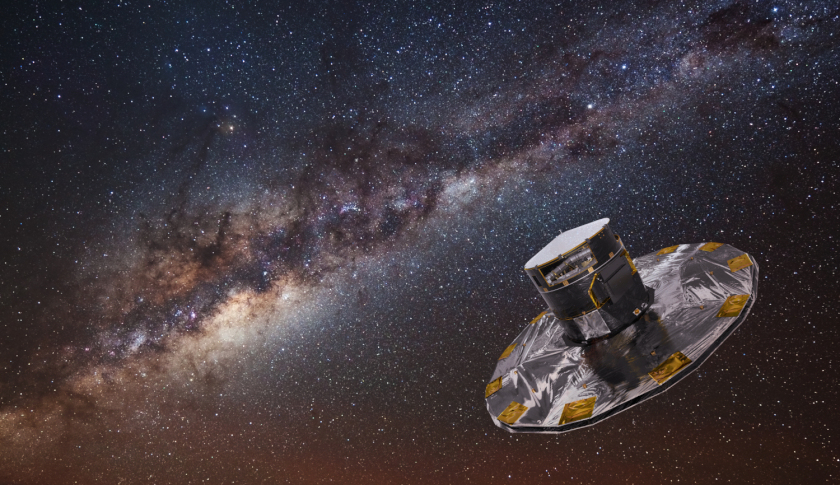Phosphine is among the stinkiest, most toxic gases on Earth, found in some of the foulest of places, including penguin dung heaps, the depths of swamps and bogs, and even in the bowels of some badgers and fish. This putrid “swamp gas” is also highly flammable and reactive with particles in our atmosphere.
Most life on Earth, specifically all aerobic, oxygen-breathing life, wants nothing to do with phosphine, neither producing it nor relying on it for survival.
Now MIT researchers have found that phosphine is produced by another, less abundant life form: anaerobic organisms, such as bacteria and microbes, that don’t require oxygen to thrive.
The team found that phosphine cannot be produced in any other way except by these extreme, oxygen-averse organisms, making phosphine a pure biosignature — a sign of life (at least of a certain kind).
Clara Sousa-Silva, a research scientist in MIT’s Department of Earth, Atmospheric and Planetary Sciences, explained, "Here on Earth, oxygen is a really impressive sign of life. But other things besides life make oxygen too. It’s important to consider stranger molecules that might not be made as often, but if you do find them on another planet, there’s only one explanation."
In a paper recently published in the journal Astrobiology, the researchers' report that if phosphine were produced in quantities similar to methane on Earth, the gas would generate a signature pattern of light in a planet’s atmosphere.
This pattern would be clear enough to detect from as far as 16 light years away by a telescope such as the planned James Webb Space Telescope. If phosphine is detected from a rocky planet, it would be an unmistakable sign of extraterrestrial life.
The paper’s co-authors include Sukrit Ranjan, Janusz Petkowski, Zhuchang Zhan, William Bains, and Sara Seager, the Class of 1941 Professor of Earth, Atmospheric, and Planetary Sciences at MIT, as well as Renyu Hu at Caltech.
Sousa-Silva and her colleagues are assembling a database of fingerprints for molecules that could be potential biosignatures. The team has amassed more than 16,000 candidates, including phosphine.
The vast majority of these molecules have yet to be fully characterised, and if scientists were to spot any of them in an exoplanet’s atmosphere, they still wouldn’t know whether the molecules were a sign of life or something else.
The researchers did not come to this conclusion lightly. For the last 10 years, Sousa-Silva has devoted her work to fully characterising the foul, poisonous gas, first by methodically deciphering phosphine’s properties and how it is chemically distinct from other molecules.
In the 1970s, phosphine was discovered in the atmospheres of Jupiter and Saturn — immensely hot gas giants. Scientists surmised that the molecule was spontaneously thrown together within the bellies of these gas giants and, as Sousa-Silva describes, “violently dredged up by huge, planet-sized convective storms”.
Phosphine, they found, has no significant false positives, meaning any detection of phosphine is a sure sign of life. The researchers then explored whether the molecule could be detectable in an exoplanet’s atmosphere.
They simulated the atmospheres of idealised, oxygen-poor, terrestrial exoplanets of two types: hydrogen-rich and carbon dioxide-rich atmospheres. They fed into the simulation different rates of phosphine production and extrapolated what a given atmosphere’s spectrum of light would look like given a certain rate of phosphine production.
Sousa-Silva said that, aside from establishing phosphine as a viable biosignature in the search for extraterrestrial life, the group’s results provide a pipeline or process for researchers to follow in characterising any of the other 16,000 biosignature candidates.
“I think the community needs to invest in filtering these candidates down into some kind of priority,” she said. “Even if some of these molecules are really dim beacons, if we can determine that only life can send out that signal, then I feel like that is a goldmine.”

